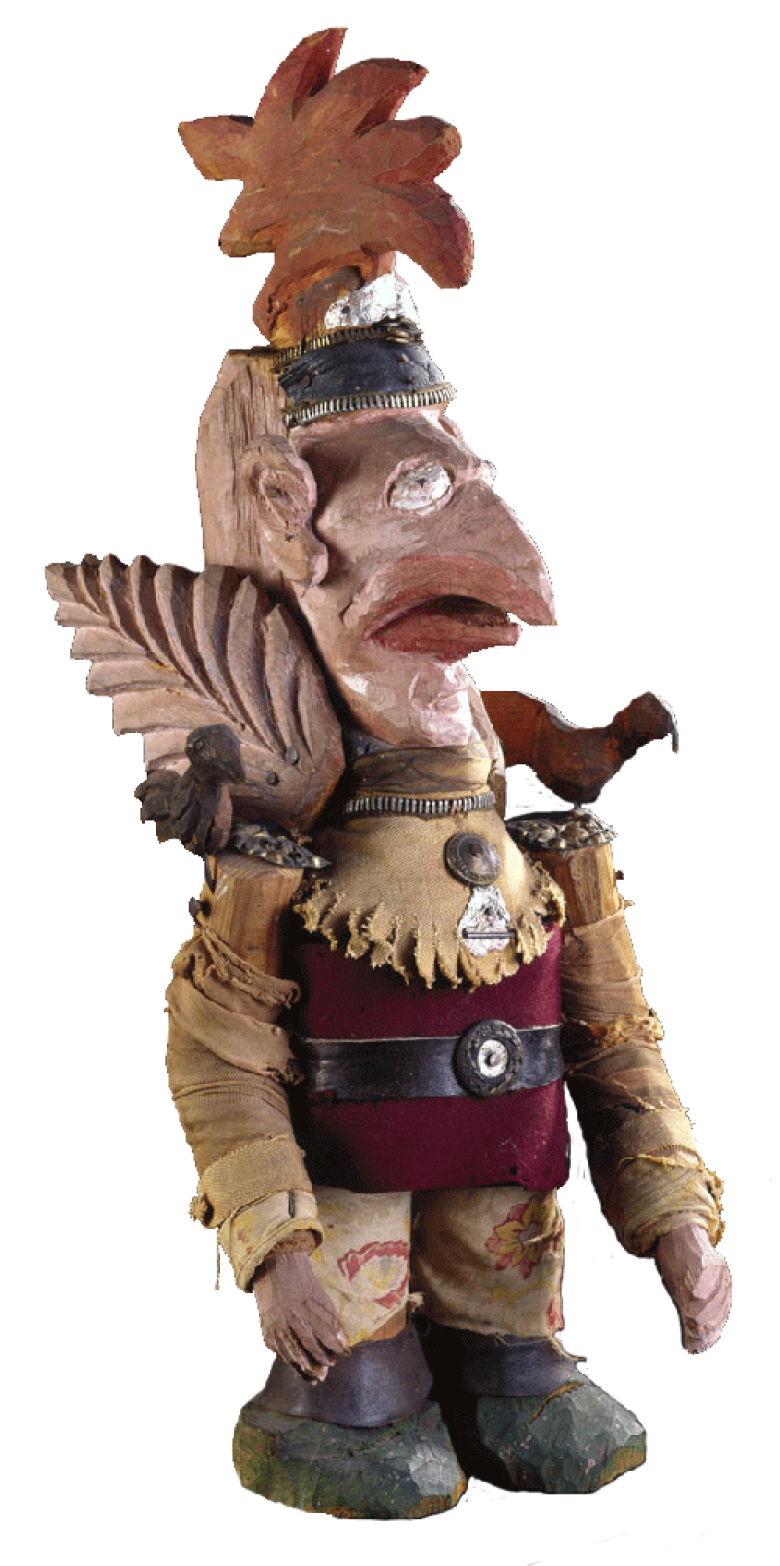
Les mythologies matérielles de l'Art Brut (1945-1976): dimensions, processus créateurs et matériaux à l'œuvre.
Soutenance de thèse de Pauline Goutain
Lundi 26 juin 2017 à 14h30
Salle Walter Benjamin, Institut National d'Histoire de l'Art, Paris, 2 rue Vivienne
Thèse en Histoire de l'art et Cultural mediations à l'Université Paris Ouest Nanterre, en co-tutelle avec l'Institute for Comparative Studies in Literature, Art and Culture de Carleton University (Ottawa)
Sous la direction de Fabrice Flahutez et Jill Carrick
Le jury est composé de:
Marianne Jakobi, Professeure, Université Blaise-Pascal de Clermont Ferrand
Anne Boissière, Professeure, Université Lille-III,
Emmanuel Pernoud, Professeur, Université Paris-I Sorbonne
Sébastien Côté, Associate professor, Carleton University
La soutenance est publique. Afin de gérer au mieux la salle et l'organisation du pot de thèse, merci de confirmer votre présence avant le 24 juin à l’adresse personnelle de Pauline Goutain: [email protected] / 0033 (0) 633673792
Jean Dubuffet coined the term Art Brut in 1945 to refer to artworks made by untrained and non-professional artists. Between 1945 and 1976, with the help of the Compagnie de l'Art Brut, he constituted and exhibited an important collection made of thousands of artworks – the Collection of Art Brut, which was donated to Switzerland in 1976. Art Brut artworks were collected in psychiatric hospitals, rural contexts, or jails. Some are made with second-hand materials, most of them differ from the academic and artistic conventions of their time, and their uncommon aspect – very large, very small, and formless – questioned the artistic norms. This research demonstrates that the materiality of these artworks has been the support of an avant-gardist project and a myth in the context of the post Second World War. They serve Dubuffet's subversive discourse and his fantasy to transform the art and the society of his time through artworks made outside the “cultural” sphere. They also serve the myth of an art that is “poor”, “humble”, “natural” and “raw”. In addition, this thesis highlights how the size of these artworks have changed museum space and display. Unprecedentedly, the building of the Collection of Art Brut was conceived according to the materiality of artworks, creating exhibit spaces that could welcome pieces measuring over 5 meters.
Publish Date: 20.06.2017